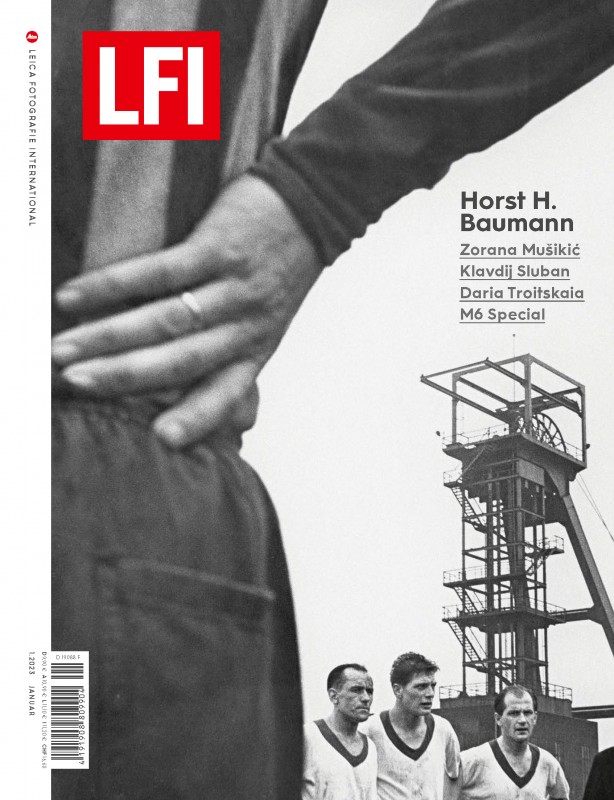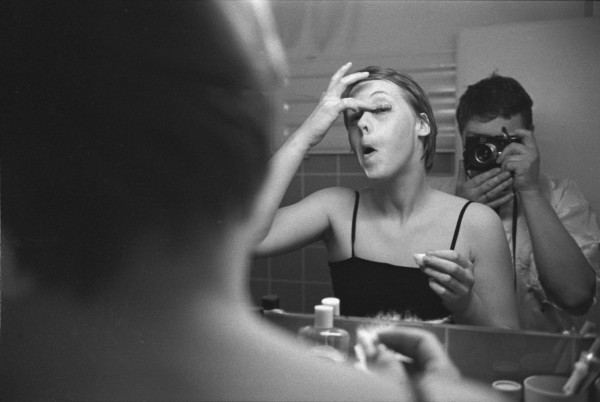Speaking of Visionary: The Photographer Horst H. Baumann
Speaking of Visionary: The Photographer Horst H. Baumann
Horst H. Baumann
January 19, 2023
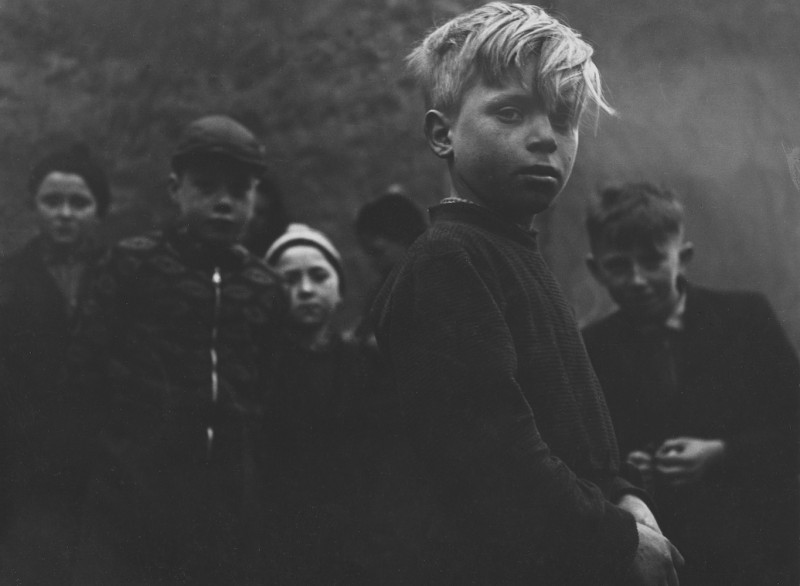
His gang, 1950s
Baumann defined himself as a “light artist”, as he considered photography, multi-vision and light art simply as different ways to express the medium of light. Among his most important laser sculptures – which he began creating in the 1970s – is the Laserscape, which first appeared as a permanent laser sculpture in 1977, on the occasion of documenta 6 in Kassel. To this day, it remains a landmark of the city.
Before dedicating himself to laser art, however, Baumann had already enjoyed rapid success as a photographer: he published his first pictures in his early twenties; worked in advertising; and, as of 1959, his photo series featured regularly in the legendary magazine twen. Last but not least, when it came to colour photography, he was way ahead of his time.
The Ruhr district and the daily lives of people were a fixed feature of Baumann's black and white images, when he started out. Empathic and with a deep interest in social issues, he found his visual language early on. Even when dealing with seemingly banal subjects, Baumann knew how to shape his photography, through the targeted use of partial sharpness, bold angles and cropping, dynamic perspectives, and the interplay between fore and background. As a result, his work was frequently both surprising and irritating, enabling him to distinguish himself from the more journalistic approach of his contemporaries.
Baumann also recognised the artistic challenges represented by the newly emerging colour photography. His understanding was very much in the spirit of 'New Color Photography', already decades before the category was established in the USA. He not only photographed in colour; his use of it as a stylistic means of expression was spectacular. His best known pictures were the Formula 1 shots he took in the sixties.
Since Baumann was only ever dedicated to the present, a newfound passion for laser art meant that photography slipped into the background. Whether commissions for magazines or advertisements, or his own personal projects, the current exhibition in Mannheim represents a brilliant rediscovery, and reflects the broad diversity of his oeuvre.
The Reiss-Engelhorn Museums, Museum Bassermannhaus and Museum Peter & Traudl Engelhornhaus exhibition runs until June 25, 2023 // C4, 12, 68159 Mannheim. On the Leica Camera Blog there is an interview with curator Hans-Michael Koetzle. Steidl Verlag is publishing a comprehensive book to complement the exhibition.
LFI 1.2023+-
Find out more about his photography and work in LFI Magazine 1.2023. More
Horst H. Baumann+-
Born June 19, 1934 in Aachen. In 1954, he began studying metallurgy, before dropping out four years later to work full-time as a photographer. He purchased his first Leica in 1952. Numerous awards and publications led quickly to success. Baumann travelled extensively and experimented in depth with the possibilities of colour photography. When he passed away on May 24, 2019, in Düsseldorf, he had been largely forgotten. His daughter transferred his estate (ca. 3,500 black and white and ca. 750 colour photographs, countless slides and numerous documents, magazines and books) to be handled by the ZEPHYR – Raum für Fotografie at the Reiss-Engelhorn Museums in Mannheim. More

His gang, 1950s
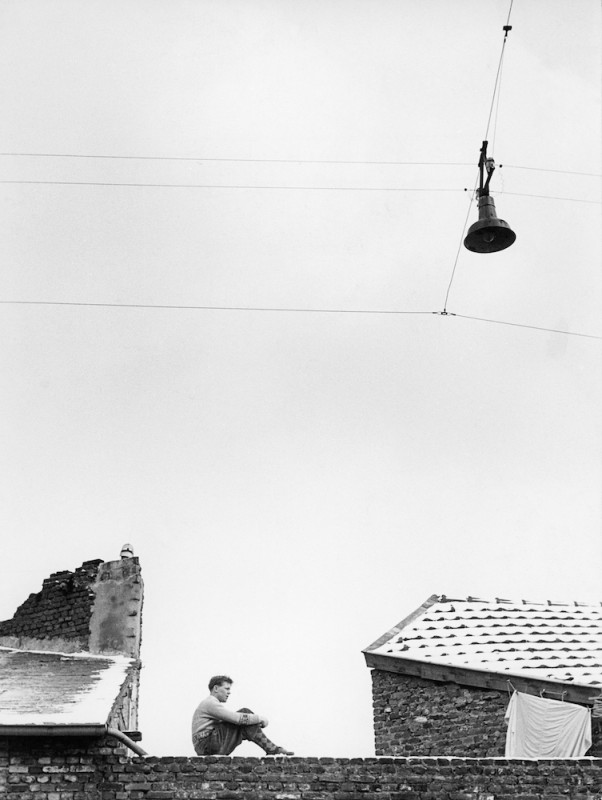
In front of my digs, 1954
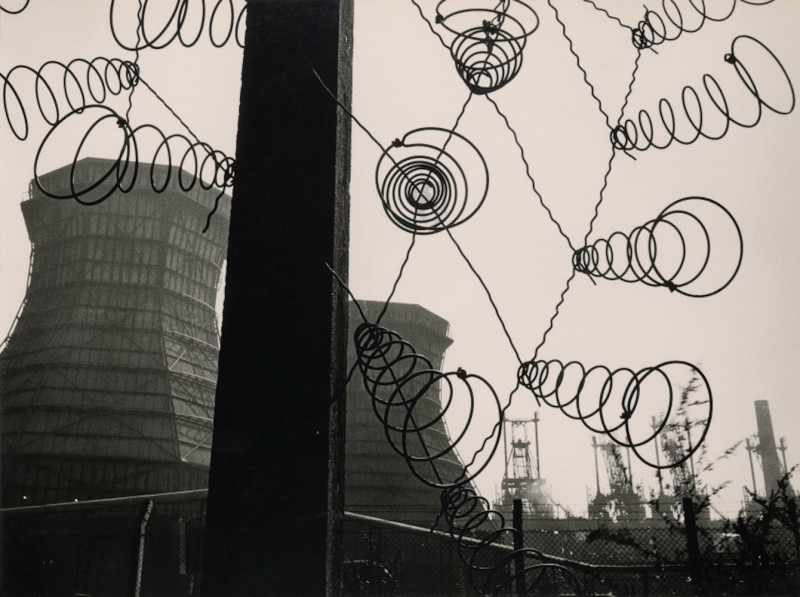
Steel mill, 1954
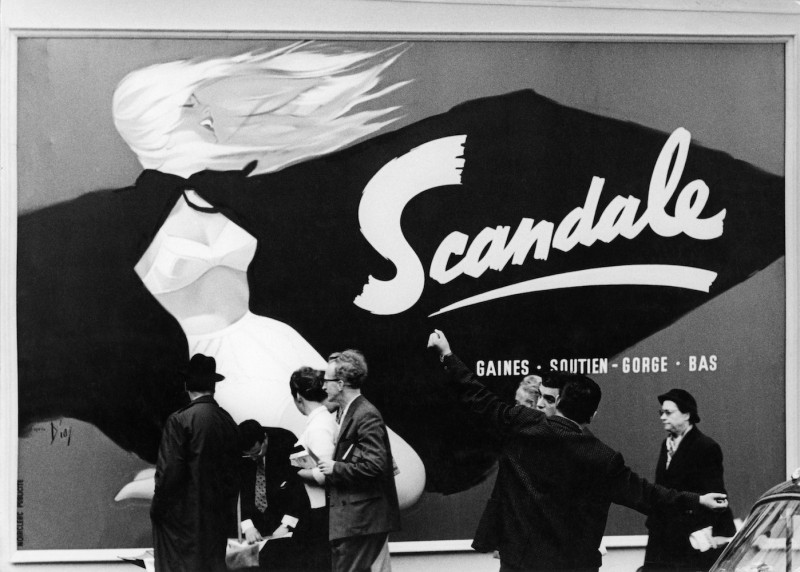
Scandale, Paris, ca. 1960
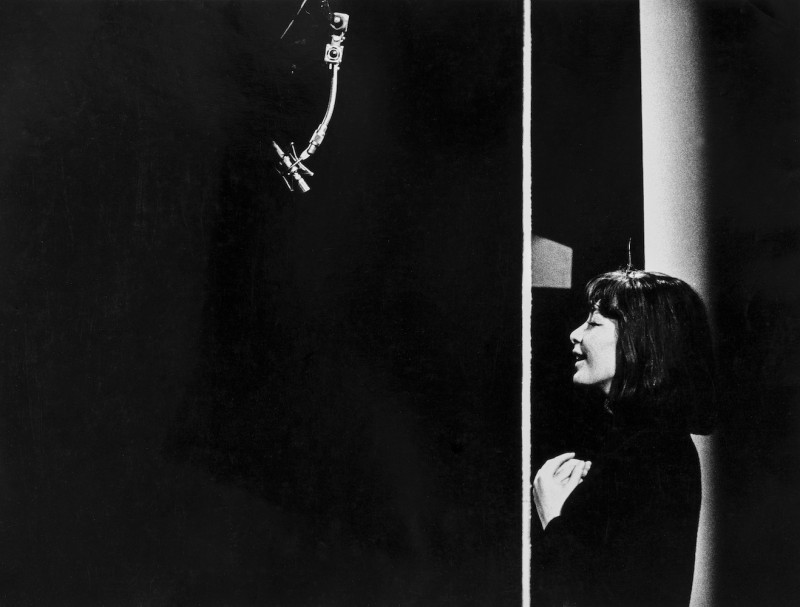
Juliette Gréco, 1962
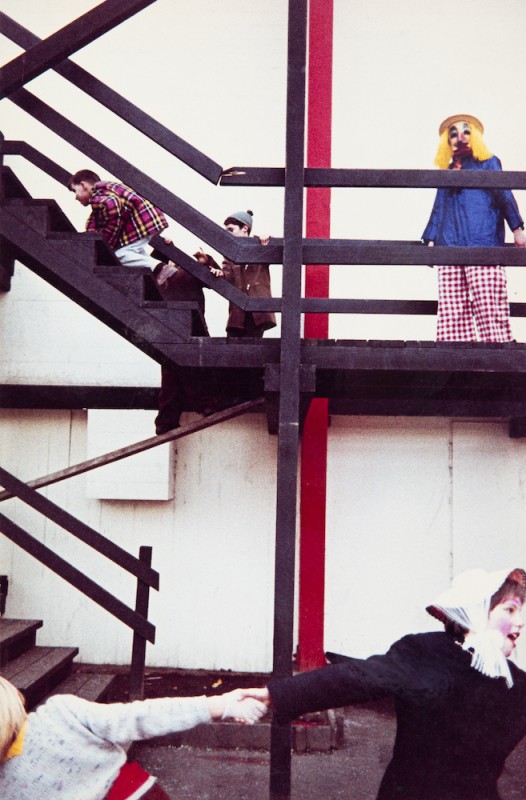
Carnival in Basel, 1961
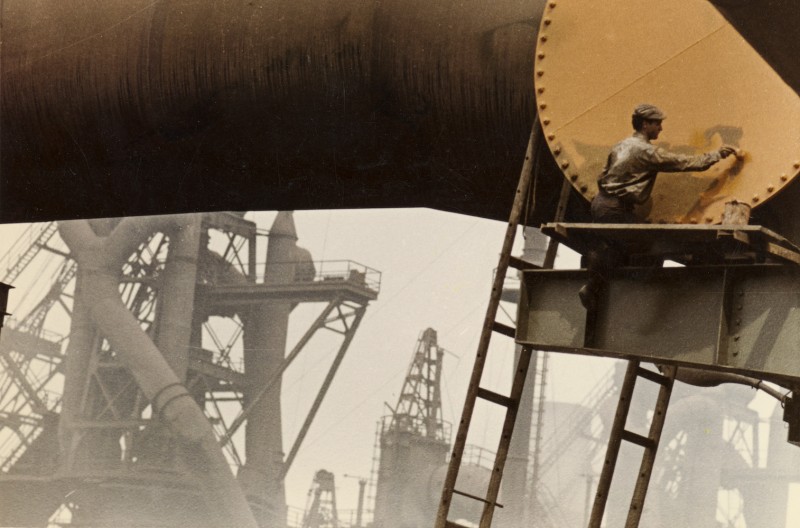
From the Stahl (steel) series, 1961
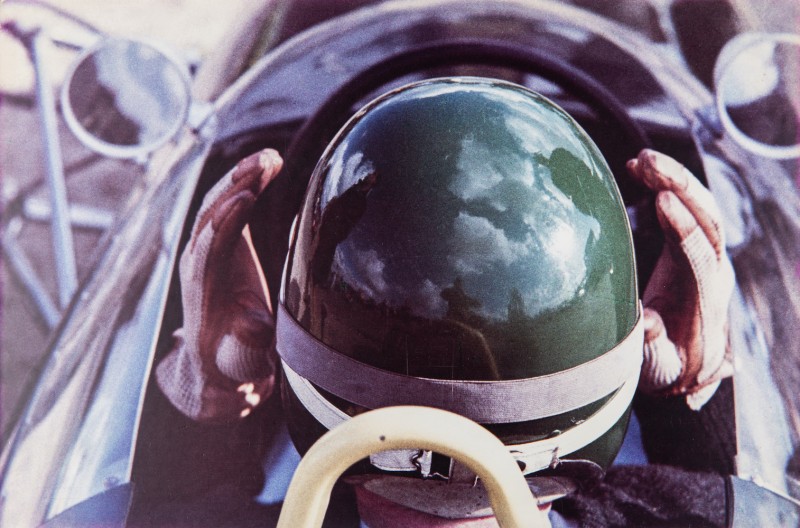
Jim Clark in the cockpit of a Formula 1 car, German Grand Prix, 1962
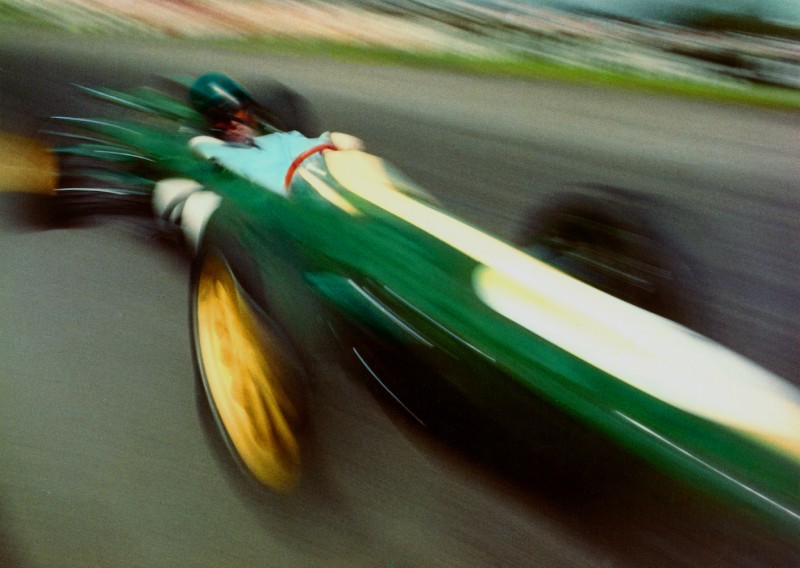
Jim Clark in the Lotus, 1963
